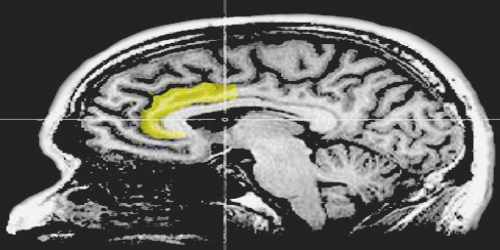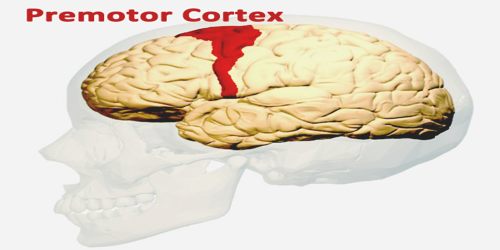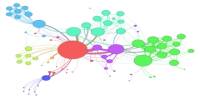Premotor Cortex
Definition
Premotor cortex is an area of the brain located directly behind the prefrontal cortex that plays an important role in motor planning. It occupies part of Brodmann’s area 6. It has been studied mainly in primates, including monkeys and humans. It is also part of the frontal lobe. The functions of the premotor cortex are diverse and not fully understood. It projects directly to the spinal cord and therefore may play a role in the direct control of behavior, with a relative emphasis on the trunk muscles of the body.

Premotor cortex comes from the Latin word “prae,” meaning “before,” the Latin word “motor” meaning “to move,” and the Latin word “cortex” meaing “bark.” Put the words together and you get “to move before bark.” The word bark is used because just like the bark in the outer part of a tree, the cortex is the outer part of the brain.
Known for preparing the primary motor cortex and other function related parts of the brain to send signals to the various parts of the body, the premotor cortex plays a very essential part in our day-to-day lives. It is used in basic tasks such as just walking around, tying shoe laces, or any activity which requires a person to move a part of their body.
Structure and Functions of Permotor Cortex
The premotor cortex can be differentiated from the primary motor cortex by studying the structure of the cells. While the primary motor cortex is mostly made up of giant pyramidal cells, the pyramidal cells in the premotor cortex are smaller and lesser in number. While the primary motor cortex does not have any granular cells, the premotor cortex has a very thin layer of granule cells.
The premotor cortex can be generally divided in four parts: the upper and lower, i.e., dorsal and ventral premotor cortex, both of which are further divided into the region towards the front of the brain and the region towards the back, named the rostral premotor cortex and caudal premotor cortex, respectively.

Damage to the premotor cortex can cause spasticity (increased muscles tone causing tightness), increased deep tendon reflexes, which is a shortening of a stretched muscle that is caused by a sharp tap, and ideomotor apraxia, which is inability to translate an idea into movement. The premotor cortex is also known as the premotor area and the agranular cortex of Brodmann’s area 6. Brodmann’s areas are 47 different brain regions located on a map of the brain created by the German anatomist, Korbinian Brodmann. The premotor cortex is so-named because it is located before the primary motor cortex. The primary motor cortex is the last section of the frontal lobe and controls motor movements on the opposite side of the body.
Roles of Premotor Cortex
There are different areas of the premotor cortex, which perform different functions. Premotor cortex primarily works to prepare and execute movements of the limbs, through coordination with other parts of the brain in choosing the appropriate motions. It is also important in learning, through the practice of imitation, and skills of social cognition through empathy.

- Premotor Dorsal Rostral Region: This region is primary related to providing responses to random stimuli. For example, this region is partly responsible for eye movement, through the effect of electric impulses.
- Premotor Dorsal Caudal Region: The neurons of this region has been seen to mainly work towards the preparation and the actual movements of the arms through the shoulder, arm, and hand muscles, to reach out and grasp objects.
- Premotor Ventral Rostral Region: The neurons of this region have often been studied to see its role in controlling the muscles of the hands while grasping objects, and also hand and mouth coordination. Also, one can find mirror neurons in this region, which are used to understand the actions made by others, by the practice of imitation.
- Premotor Dorsal Caudal Region: This region uses the senses of touch, sight, and hearing to absorb the various stimuli to record the objects that are in the near vicinity of the person. This kind of stimuli is used to guide the actions of the body with respect to the objects that are near the body.
Reference:
















